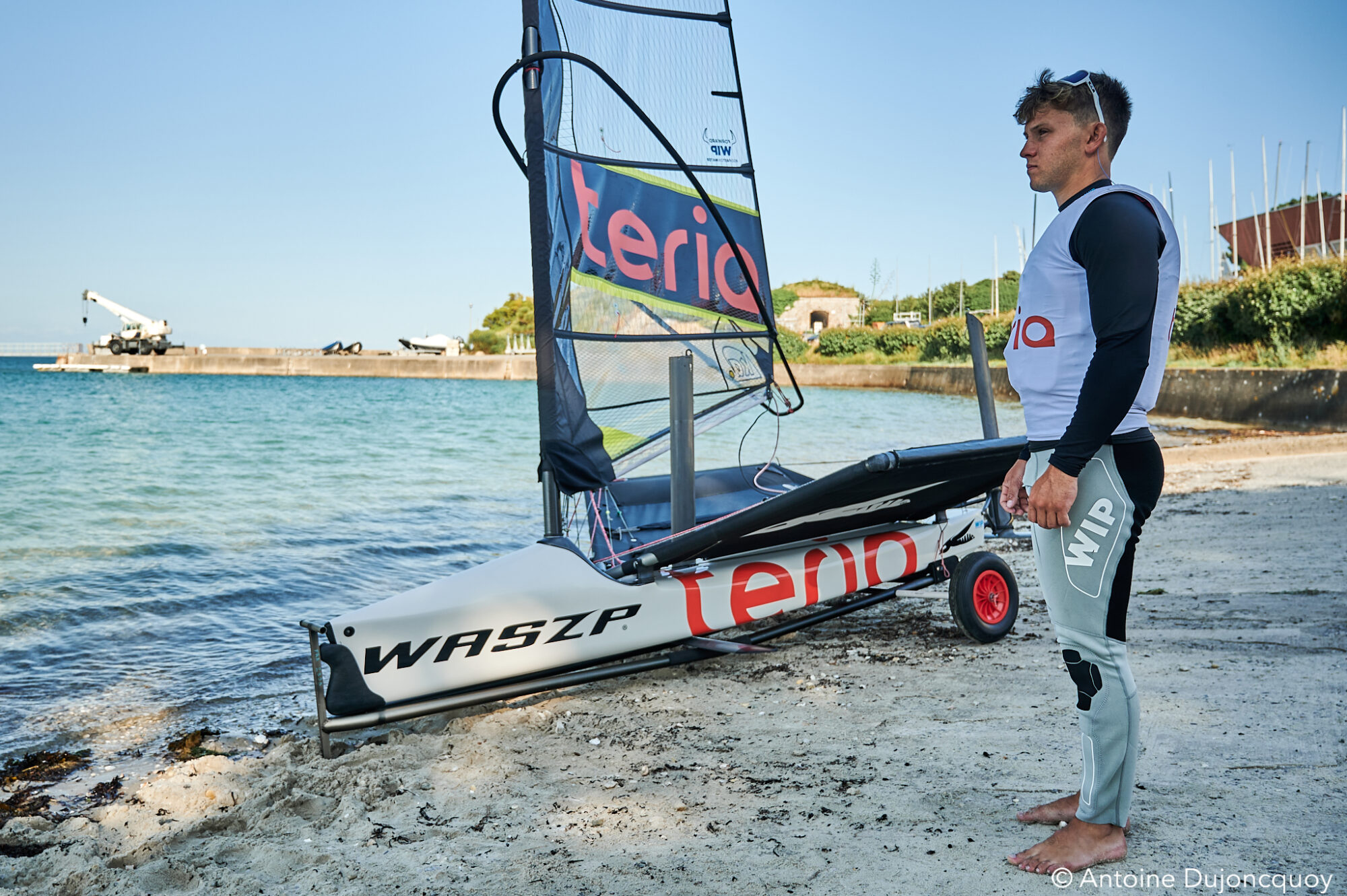- FKP / MAC / VRS: 3 NRTK correction formats
- FKP / MAC / VRS: 3 NRTK correction formats
- FKP / MAC / VRS: 3 NRTK correction formats
- FKP / MAC / VRS: 3 NRTK correction formats
- FKP / MAC / VRS: 3 NRTK correction formats
- FKP / MAC / VRS: 3 NRTK correction formats
- FKP / MAC / VRS: 3 NRTK correction formats
- FKP / MAC / VRS: 3 NRTK correction formats
- FKP / MAC / VRS: 3 NRTK correction formats
- FKP / MAC / VRS: 3 NRTK correction formats
FKP / MAC / VRS: 3 NRTK correction formats

FKP / MAC / VRS, what are their specific features?
FKP / MAC / VRS are NRTK correction formats, so let’s take a look at their specific features and uses.

The FKP format
In FKP, the NRTK network will provide more corrections. As with the MAC format, the mobile receiver will receive raw data from the nearest station (RTK). We will use this data to provide precise tropospheric and ionospheric corrections. This data will enable it to converge quickly and accurately. In this case, the NRTK network needs to calculate this ionospheric and tropospheric information accurately.
Le format VRS (Virtual Reference Station)
For the VRS format, the user sends his approximate position, from which the server will provide the artificial measurements that would be obtained in a fictitious station very close by. This makes differential positioning very easy. In this way, a large part of the work is carried out by the server, which will provide highly accurate virtual data from models, based on real measurements obtained at permanent stations.
Le format MAC (Master Auxiliary Concept)
MAC is the format that consists of broadcasting raw data from the nearest station(RTK) to the mobile receiver and adding specific corrections (MAC). It will therefore provide information from surrounding stations. This enables the mobile receiver to calculate its own local NRTK corrections.
The NRTK network as a whole has a relatively small impact on the calculation of corrections. This is due to the large proportion of this technology that is embedded in the GNSS mobile.
Ultimately, whatever type of correction the user chooses, the accuracy remains the same and convergence times are relatively close.
NRTK technology will enable the TERIA network to cover the whole of mainland France, Reunion and Mayotte, and in 2019, French Guiana and the French West Indies.







Did you enjoy this article?
Feel free to share it.